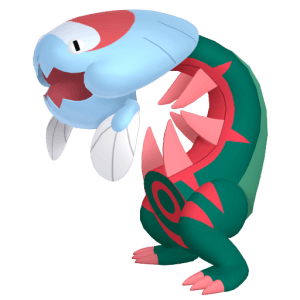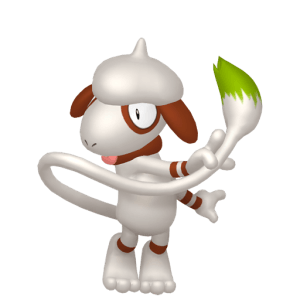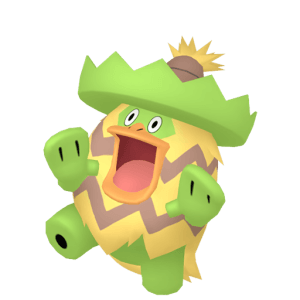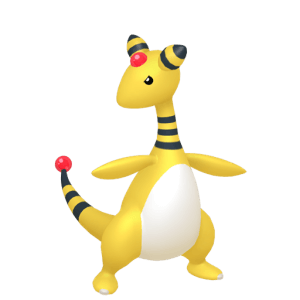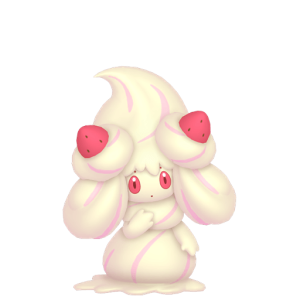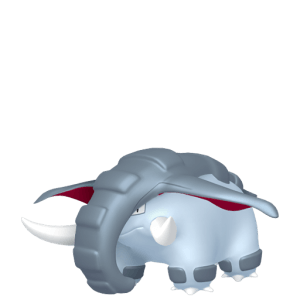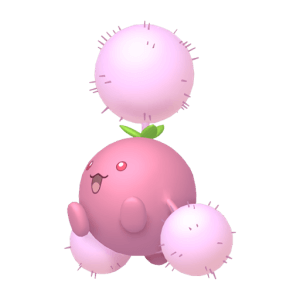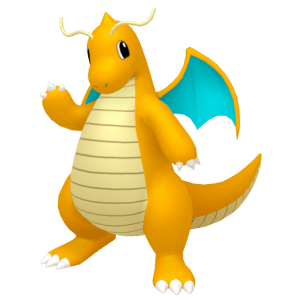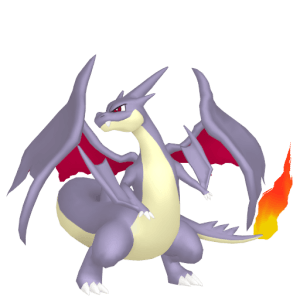In this recurring series, I’ll analyze the origins of Pokémon designs, their culture, and their historical allusions to British culture.
In this article, we’ll take a look at Gossifleur and Eldegoss. Both Pokémon were revealed in an early Nintendo Direct, but many fans wondered if Eldegoss would evolve further.
Gossifleur
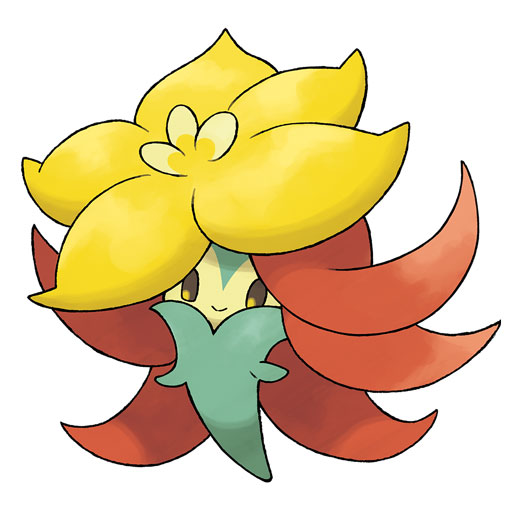
Gossifleur’s name origin is likely a combination of “gossypium” and “fleur”. Gossypium is the genus of cotton plants, common in many regions around the world. The plant also has a distinctive yellow flower. Fleur is the French word for flower.
In a Game Informer article, Shigeru Ohmori said the concept came from a legend of floating balls of cotton that could be caught for luck.
The Pokédex provides some insight into the Pokémon:
It anchors itself in the ground with its single leg, then basks in the sun. After absorbing enough sunlight, its petals spread as it blooms brilliantly.
It whirls around in the wind while singing a joyous song. This delightful display has charmed many into raising this Pokémon.
Cotton requires an environment with a lot of sun, minimal frost, and moderate rainfall. As such, it cannot easily grow in Great Britain. The plant was imported into the nation through its colonies and other nations including India, Egypt, and the United States.
Although not mentioned explicitly, it would be interesting to consider the idea that Gossifleur was not originally from Galar. Perhaps it was from another region and was brought for domestication. Maybe one day we’ll find out that Galarian Gossifleur was a regional variant, adapted to the inhospitable climate.
Eldegoss
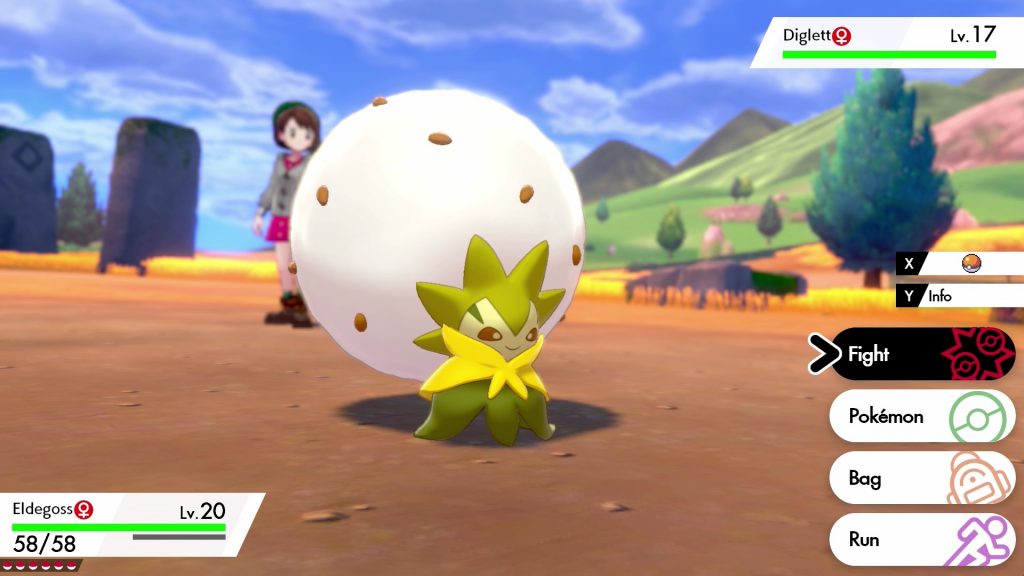
Eldegoss is its evolution, whose name seems to be a combination of “elder” and “gossypium”.
Eldegoss represents the maturity of the dandelion and cotton plants. Once it flowers, the plant will begin the process of pollination. A few days after, the flower will fall off and expose the boll.
The seeds attached to its cotton fluff are full of nutrients. It spreads them on the wind so that plants and other Pokémon can benefit from them.
The cotton on the head of this Pokémon can be spun into a glossy, gorgeous yarn—a Galar regional specialty.
The boll contains many seeds along with a fiber that connects the seeds. This fiber is the cotton, which can be collected once the plant fully matures. As we can see, Eldegoss has lost its flower and has a large boll with embedded seeds.
Yarn is most commonly made of cotton, and has played a key role in the textiles industry. England’s textile industry grew alongside its industrial capacity at the turn of the eighteenth century. Several techniques and inventions were created to optimize the manufacturing process by removing seeds and spinning the cotton faster. The city of Manchester was nicknamed Cottonopolis as it became the center of the cotton industry.
During the civil war in the United States, the confederacy tried to use its cotton plantations as leverage for Great Britain and France to supply their side. The term cotton diplomacy represented a cotton embargo with these nations until they provided military aid.
The embargo in turn had wider economic effects, leading to the Lancashire Cotton Famine in Great Britain which lasted for several years as India and Egypt began increasing their production of cotton at the expense of edible crops.
Cotton has historically not been edible. It contains a chemical called gossypol which is poisonous and would be fatal. The poison has formed naturally in the plant as a defense mechanism for insects, though it can be fatal in humans as well. Research has also been studied in the contraceptive properties of gossypol in small dosages. Despite this, Eldegoss does not learn any Poison-type moves when leveling up and it remains solely Grass-type.
The seeds of cotton can be pressed and refined to produce cottonseed oil, which can be consumed safely. The article on Wikipedia includes a comparison table in relation to other vegetable oils. I’m unsure of its benefits compared to olive oil, but someone more versed in nutrition may be able to make a better determination.
Recently, the USDA has approved a genetically modified version of cotton which has a minimal amount of gossypol. This makes it safe to consume for humans, but also serves as an alternative food for livestock and aquaculture. Perhaps we’ll one day be eating cotton candy made from actual cotton. For cottonseed oil, it should make the refinement process simpler.
Conclusion
Cotton, and the cotton plant, have played a key role in British history. While not growing locally, it has served as a key crop of the British empire. Cotton has held a promise of industry and wealth, and the loss of cotton has led to famines and economic hardships.
Despite its high value as a crop, it has been used primarily in the textiles industry and not for edible consumption. Perhaps this will change in the future.
To conclude, the historical and economic significance of Great Britain’s textiles industry is reflected in the Pokemon of Gossifleur and Eldegoss. Once it has evolved, its cotton can be used to spin a yarn that is a key part of Galar.
Let us know what you think in the comments or hop on our Discord server for real-time Pokémon discussions!


